
TECHNICAL ARTICLE
TECHNICAL ARTICLE
Palsgaard is continuing with its mission to develop emulsifier and stabiliser blends that can improve the quality of plant-based products. Here, Li Ying Chua, Senior Application Technologist for Dairy & Ice Cream with Palsgaard Asia Pacific, introduces the company's most recent addition to the portfolio, Palsgaard® MilkFoam 204, which helps manufacturers create not only the perfect frothy dairy-free coffees but also delicious drinks from a variety of plant sources.
"At Palsgaard, we developed a new emulsifier-stabiliser blend, Palsgaard® MilkFoam 204, for creating frothy UHT, dairy and plant-based milks. It is perfect for enabling baristas to create latte art, which is currently popular with modern coffee drinkers."

The humble cup of coffee has now turned into an art form, with baristas and consumers working hard to create beverages which both taste and look amazing. Alongside this, the plant-based diet continues to grow in popularity with many coffee shops now offering vegan milk options. However, to date, latte art has been difficult to replicate when using dairy alternatives because the stability of the foam is inconsistent, and the quality often does not match that of frothy dairy milks.
Li Ying explains: “We know that baristas in many countries can produce very homogenous and creamy dairy milk foams when they make lattes, and they can then add their artistic creations on top.” “At Palsgaard, we developed a new emulsifier-stabiliser blend, Palsgaard® MilkFoam 204, for creating frothy UHT, dairy and plant-based 'milks'. It is perfect for enabling baristas to create latte art, which is currently popular with modern coffee drinkers.”
The production process for plant-based 'milks' can generate excessive foam, and this can be a hindrance for manufacturers, but it’s one of the ways Palsgaard® MilkFoam 204 can be of use. Li Ying explains: “When we go through the production with these plant-based 'milks' we need to minimise the amount of foam generated during processing, but at the same time, we want the final product to create a very good and stable foam, so it’s a delicate balance.
“We had to do quite a few adjustments until we got it right, but our product, Palsgaard® MilkFoam 204, has the added benefit of being able to reduce the amount of foam that appears during the production process while at the same time when you froth the finished product, it can give a very fine, micro-foam layer on top of the coffee. I would say one of the biggest challenges was trying to work with this excessive foaming produced during the processing, and we were able to develop Palsgaard® MilkFoam 204 to help minimise that.”
Another issue when experimenting with dairy alternatives is the fact that consumers now enjoy drinking such a wide range of plant-based options, and this makes it challenging for manufacturers when developing new products. For this reason, Li Ying and her team created three different concepts they’re happy to share with customers to try – made from coconut, soy, and oat milk bases – to demonstrate the versatility of Palsgaard® MilkFoam 204 in the plant-based arena.
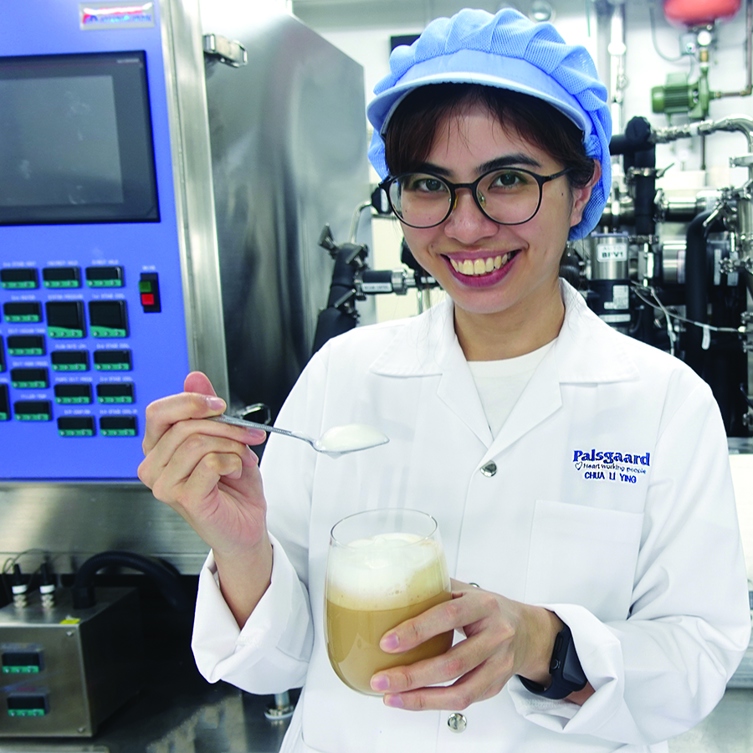
The three concept recipes show the versatility of Palsgaard® MilkFoam 204, demonstrating that not only can the emulsifier/stabiliser blend help to create beverages which can be drunk on their own, but all three have excellent frothing capabilities, and they are perfect for creating plant-based lattes and coffee art.
Li Ying says: “When we did the frothing, we want to make sure we have a very good, stable and dense foam to go on the surface of the coffee itself. We want it to be easy for baristas to incorporate the latte art, and it also needs to be the correct consistency for consumers to enjoy.”
“There is also a dual-use for this product because when Palsgaard® MilkFoam 204 is used to create plant-based 'milks' which have good frothing capabilities, they can be sold to both food service and household. Many people now have milk frothing devices at home, and with each of these three concept recipes you can just put the milk into the machine, press a button and you will get a very good foam to add to your coffee.”
Another plus point for Palsgaard® MilkFoam 204 is that it can be used in very low dosages to create the desired effect, which consequently delivers a cost-saving to manufacturers.
The three concept recipes also give a clear indication that Palsgaard® MilkFoam 204 can work with a variety of plant-based 'milks'. With the addition of Palsgaard® MilkFoam 204 into UHT plant-based beverages, it will provide an excellent shelf-life of around nine months.
Coconut milk was chosen for one of the recipes because it has a recognised flavour, its colour resembles that of dairy milk, and it is suitable for those who are lactose intolerant.
Li Ying says: “Coconut is one of the most popular fruits now in Asia, so we thought it would be interesting to create a coconut milk-based beverage that could be drunk on its own or frothed up to add to coffee.”
“One of the initial challenges we faced was finding readily available pure coconut cream because most options in the market already contain emulsifiers and stabilisers.”
“Coconut also gives a very creamy mouthfeel, hence adjustments had to be made with the addition of coconut cream, and the proportion of fat and protein had to be balanced too. You need a certain amount of protein to get the foaming right for this recipe, so it was a fine balance to get the mouthfeel and consistency just right. And because coconut is high in fat it is more prone to separation or creaming, but we were able to tackle these issues using Palsgaard® MilkFoam 204.”
As a dual-function recipe, it was also important to ensure the beverage is not too creamy for drinking on its own but is also the right consistency for creating a frothy coffee.
![]()
In contrast, soy milk was one of the easiest to work with, according to Li Ying, and it would therefore be a good starting point for manufacturers looking to create a latte-friendly dairy alternative product for their portfolios.
It has good frothing properties, and the team was able to create a stable, dense, and consistent foam, perfect for adding to coffee.
Li Ying says: “Soy is one of the most common raw materials in Asia and it is widely accepted by most of the consumers in the region, in terms of its consistency and mouthfeel. We found that soy milk had a similar consistency to standard dairy milk, which meant we were able to formulate the recipe really quickly.”
![]()
Using oat milk as a base can work well because it brings a natural creaminess to the product. Manufacturers often encountered other issues though, particularly around mouthfeel and sedimentation, as Li Ying explains.
“We found that it is dependent on the type of oat-based sources, when using oat extract or oat in powdered form, we got a very different mouthfeel and consistency between the two options. In the end, we decided to use the oat extract to create this recipe.”
Li Ying’s team also had to make sure no sedimentation could be observed in the product because consumer research* commissioned by Palsgaard last year showed that while consumers are generally happy with existing plant-based products, sedimentation in plant-based ‘milks’ is one of the main areas where they would like manufacturers to make improvements.
Li Ying explains how this is another way Palsgaard® MilkFoam 204 can play a key role.
“Sedimentation is one of the common problems we see in UHT beverages, and it was one of the things we were concerned about with the oat-based milk in particular, especially if we had decided to use oat in powdered form, but Palsgaard® MilkFoam 204 helps suspend the particles to prevent them settling to the bottom.”
![]()
Palsgaard has a series of plant-based recipe concepts to help demonstrate how its emulsifiers and stabilisers can help customers create new products. These concepts form part of its latest plant-based campaign – Experience Palsgaard – which aims to bring together its unrivalled technical knowledge with its network of regional application centres and the latest consumer insights. To find out more, click here to Experience Plant-based Palsgaard for yourself.

TECHNICAL ARTICLE
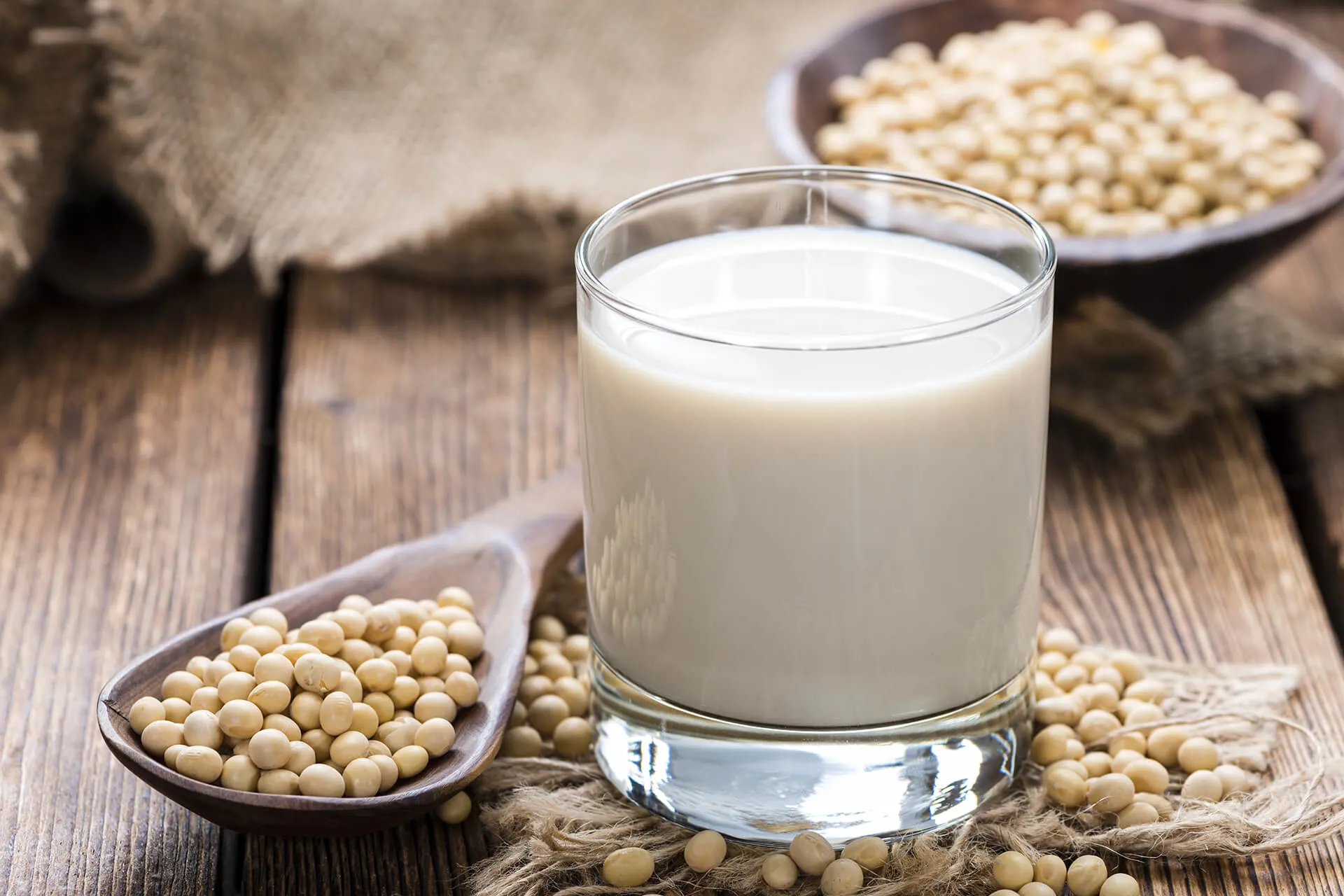
TECHNICAL ARTICLE
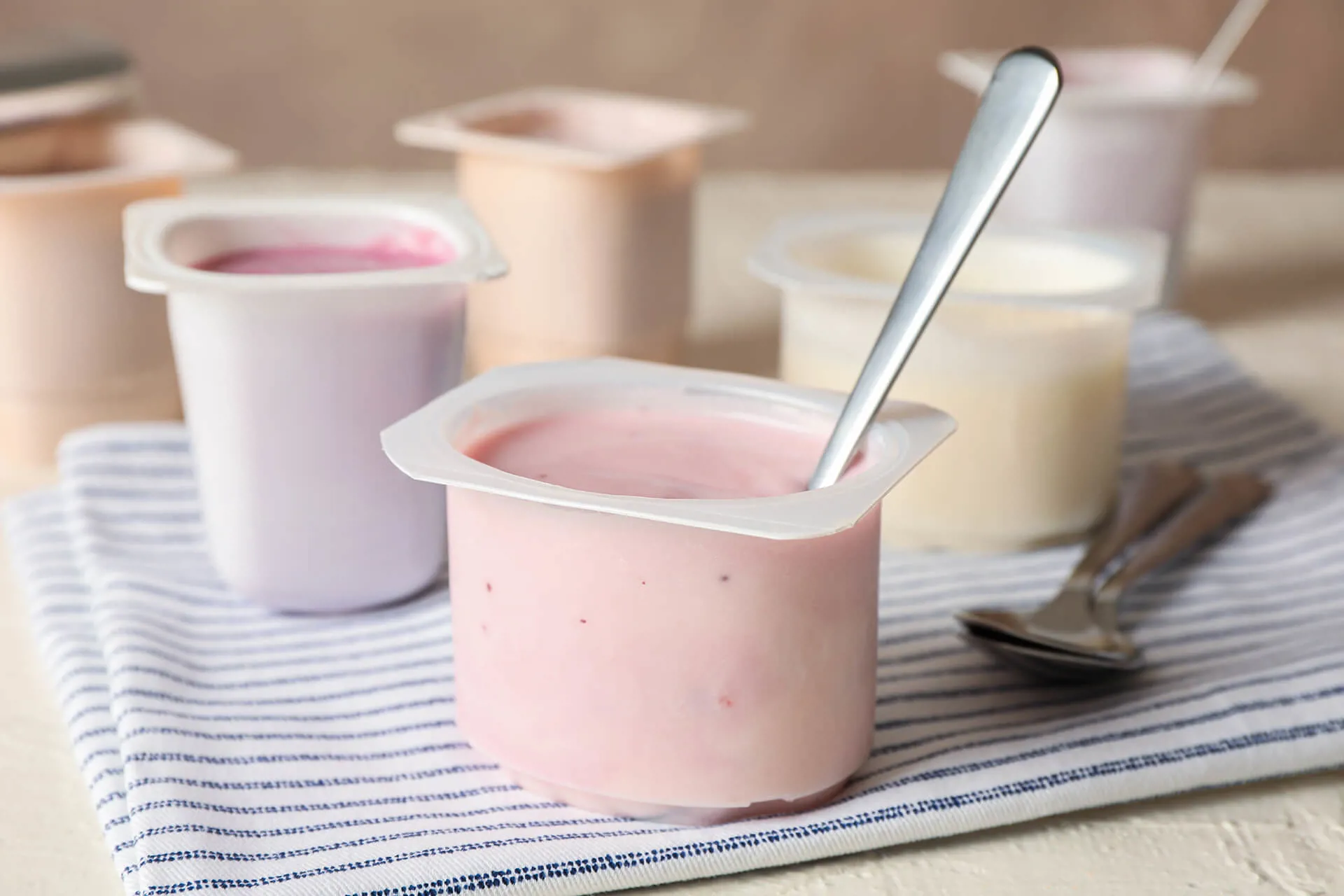
TECHNICAL ARTICLE
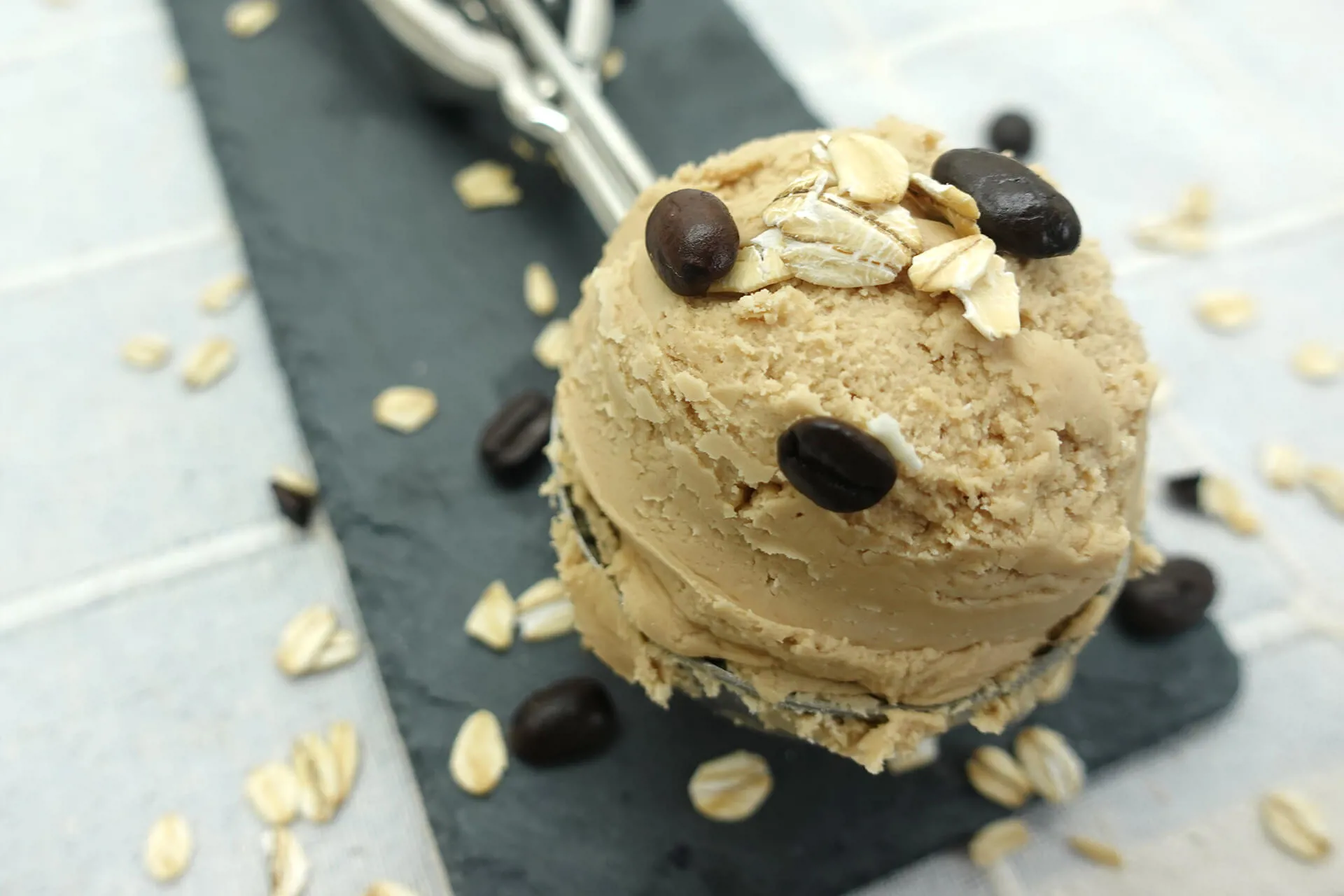
TECHNICAL ARTICLE
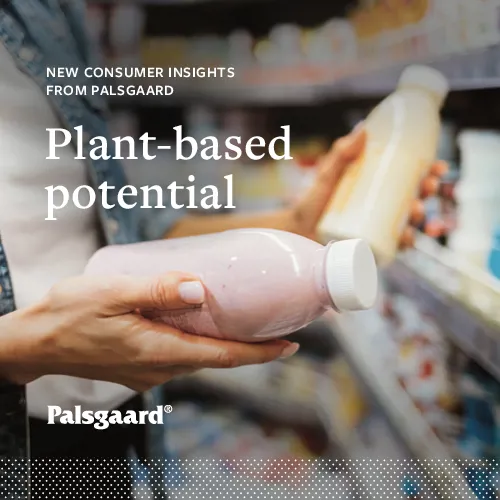
CONSUMER SURVEY